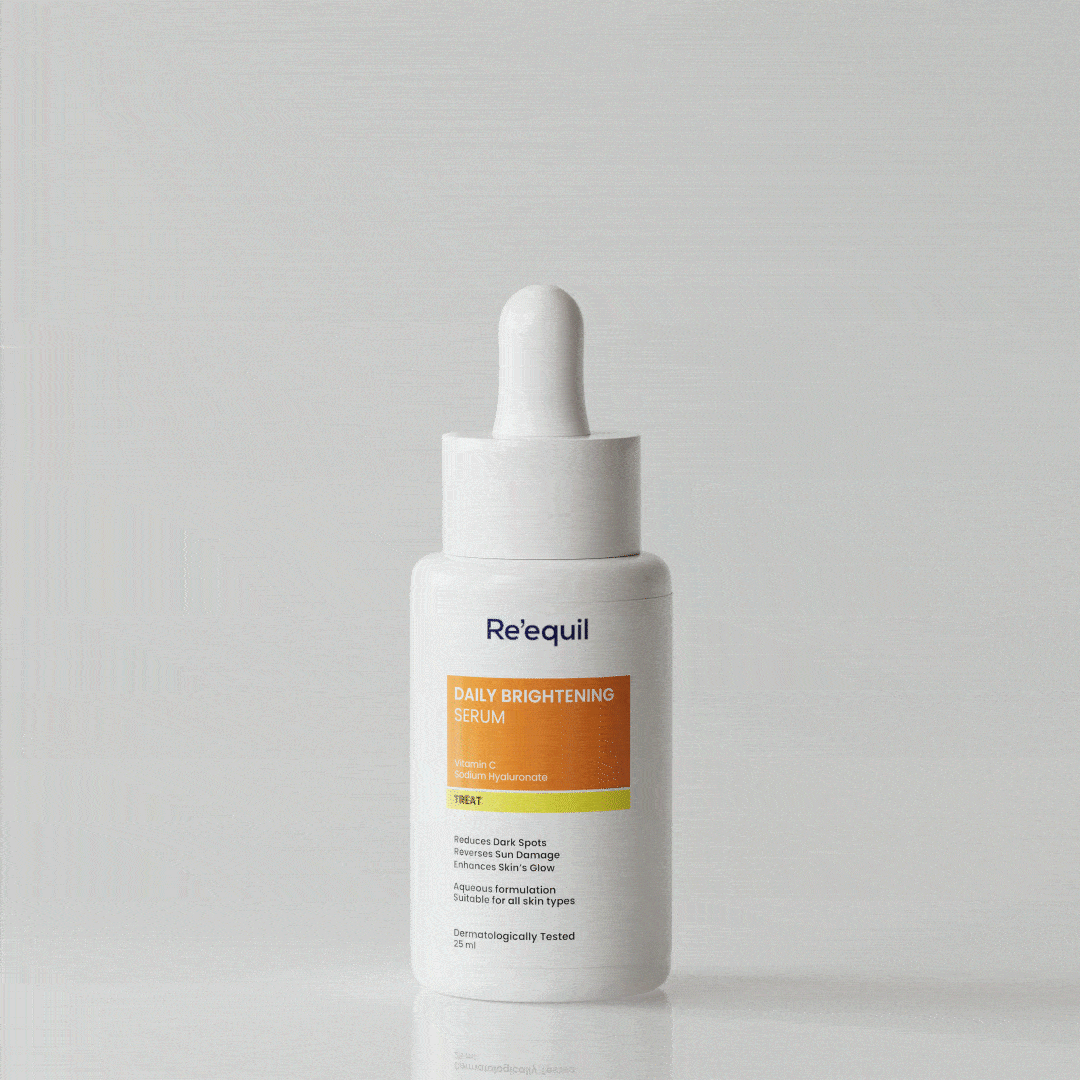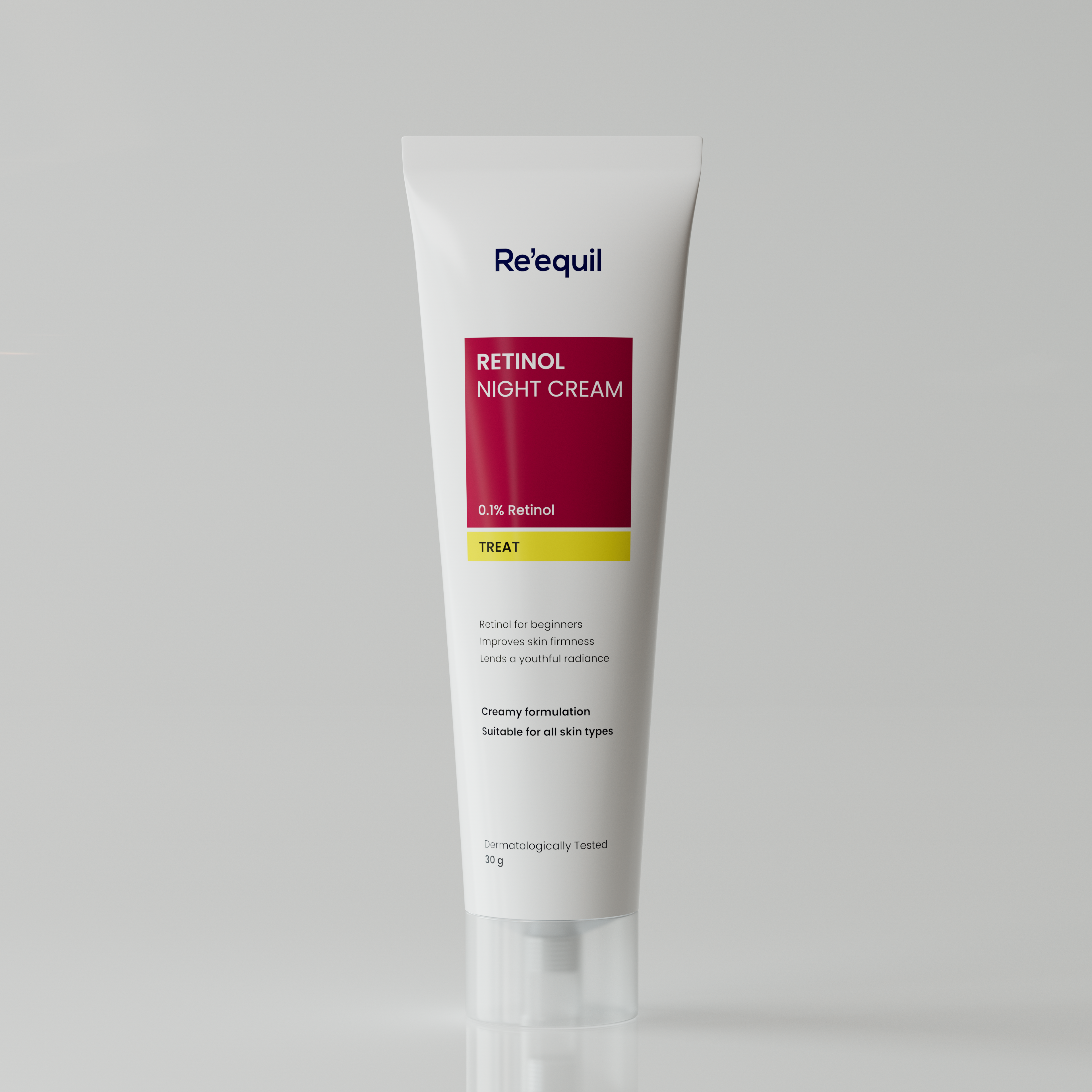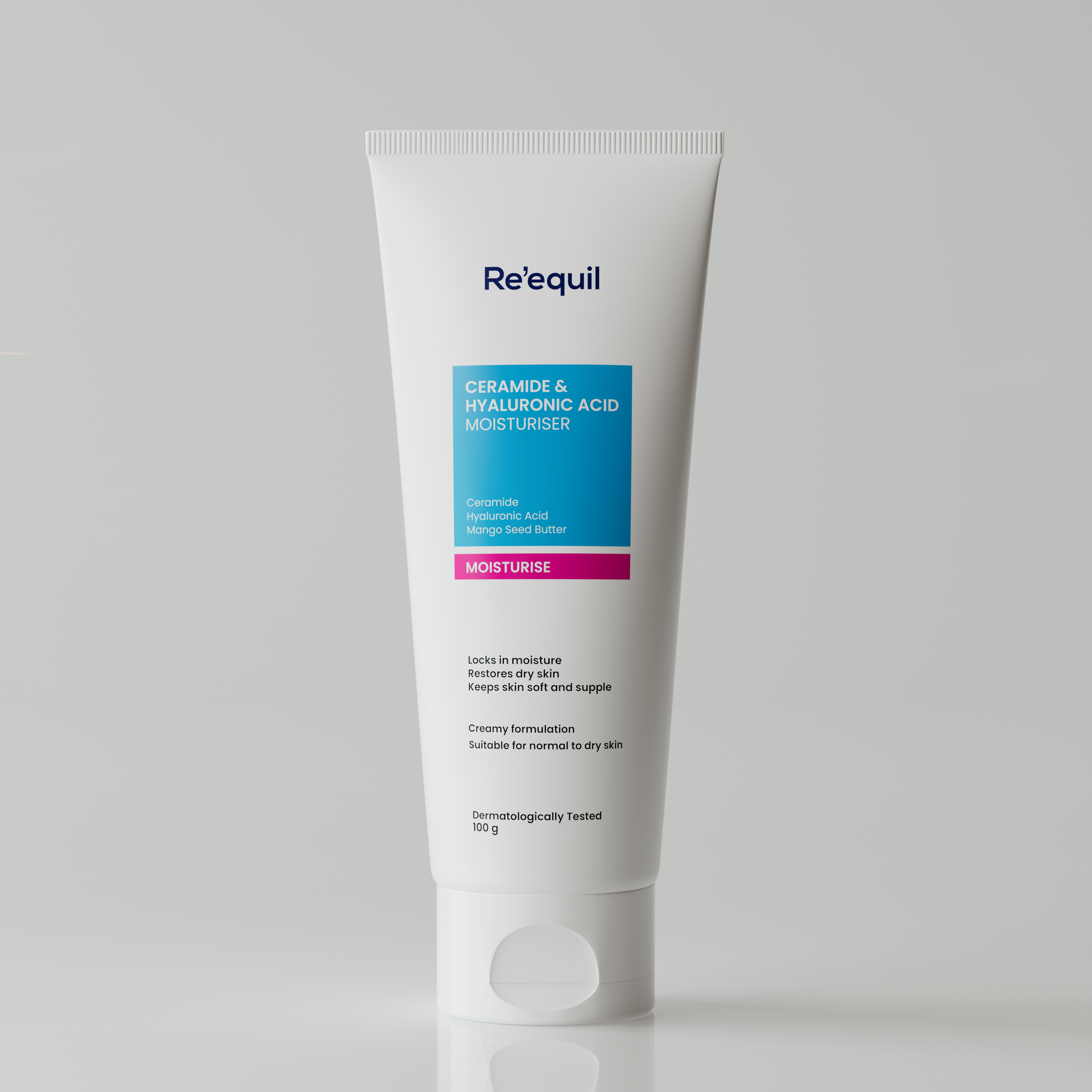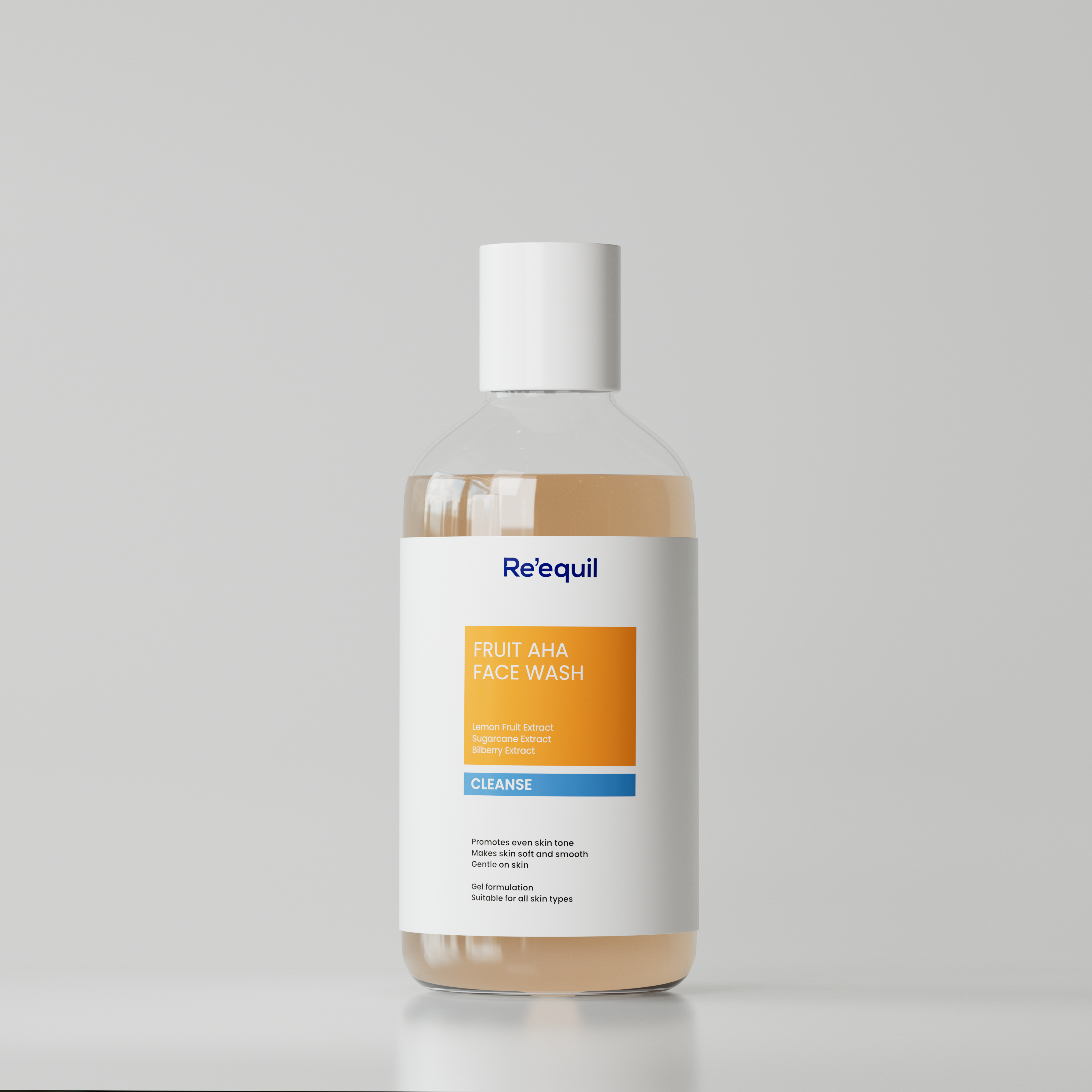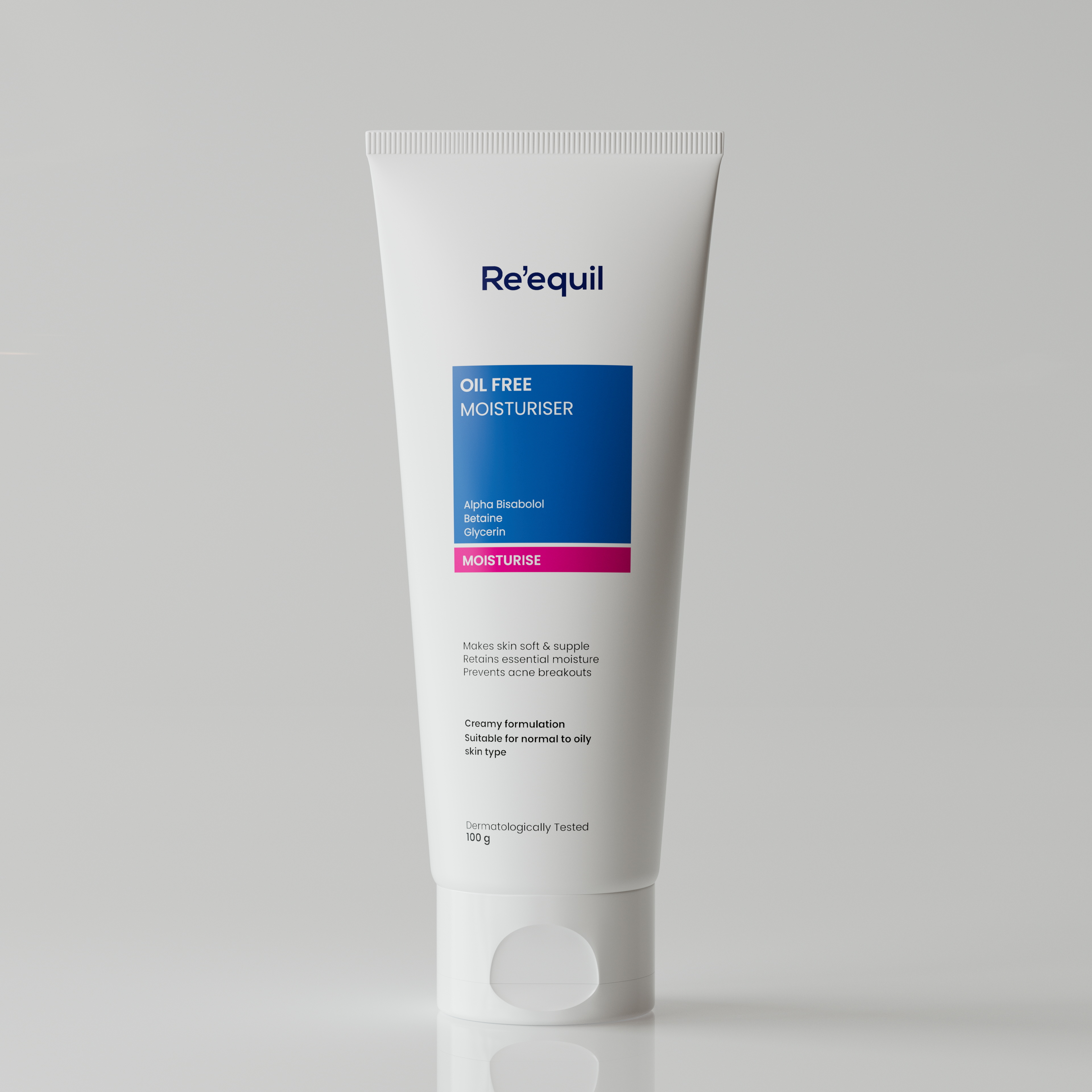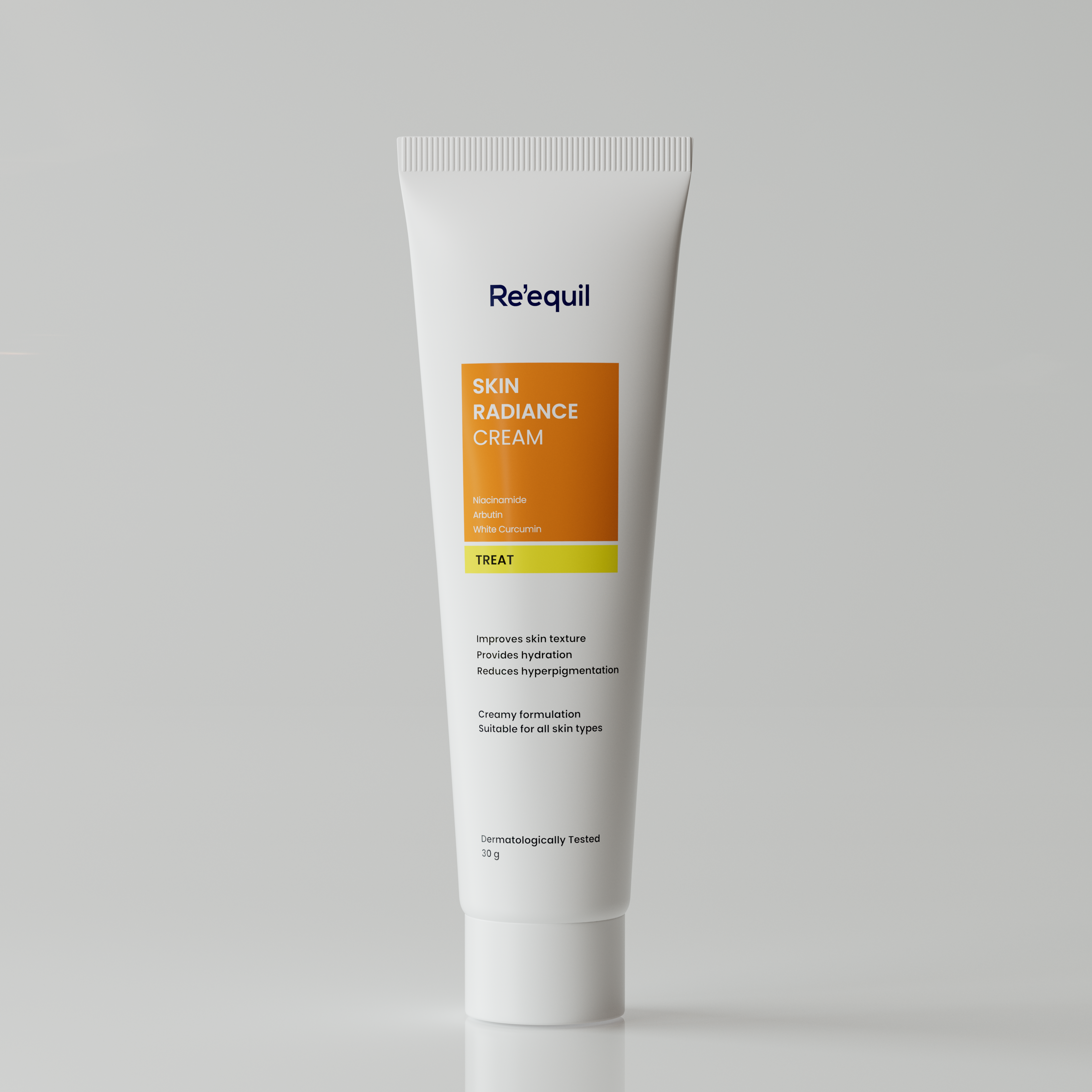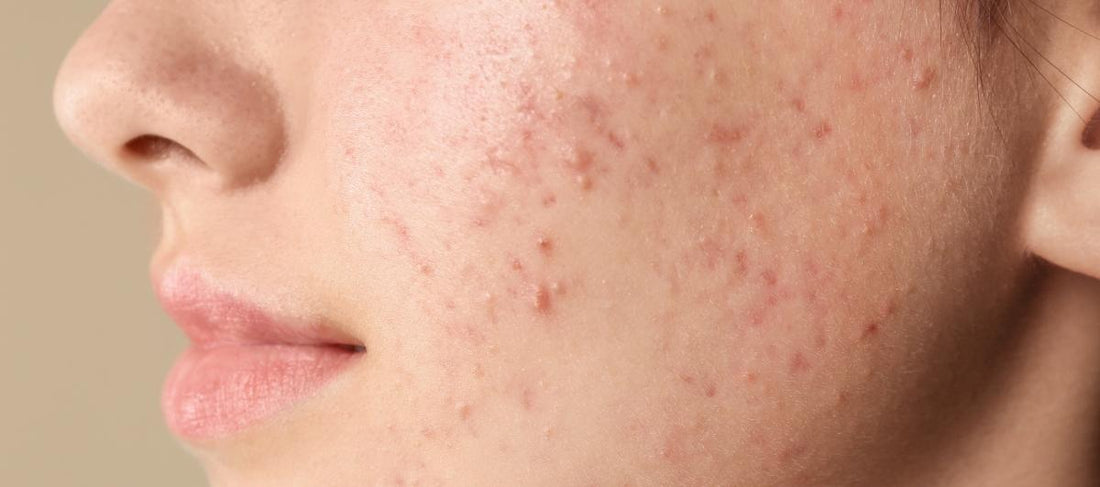Niacinamide, a specific form of Vitamin B3 happens to be a featured ingredient and can be found in almost every skincare product we opt for.
It only justifies its presence owing to the broad spectrum of benefits ranging from reduced fine lines to an improved brighter skin tone.
As it is a water-soluble vitamin, it is not naturally synthesized by our body which means in order to reap the benefits of niacinamide, we majorly need to look for products suitable for topical application to the skin. Niacinamide has more direct benefits and is most effective when applied topically.
Benefits of topical niacinamide include strengthened skin barrier function, reduced facial photoaging symptoms (such as texture, hyperpigmented spots, and red blotchiness), and lowered sebum generation.
Research says that niacinamide is also known to show positive benefits on acne severity and photoaging-related loss of dermal collagen and ageing facial skin.
Alongside the plethora of benefits, there is a significant section of people that have experienced angry acne breakouts or excessive purging, upon niacinamide application.
It is not uncommon to have an allergic reaction to the same and encounter an acne flare-up or an array of painful red bumps on your skin.
Browse through the blog to know whether it is actually because of niacinamide only or if there’s something else that is causing these breakouts, acne flare-ups etc.
4 Reasons why Niacinamide products may cause breakouts
Niacinamide is an anti-inflammatory ingredient that aids to minimise acne-related inflammation and redness.
It also helps regulate oil production in the skin glands that are responsible for acne. Despite all the acclaimed facts, if you still happen to have had a bad reaction to niacinamide-based products, it could be due to the following four primary reasons.
READ - Is Niacinamide good for oily skin?
1. Presence of other natural and synthetic derivatives like AHAs, BHAs, and Retinol
Numerous niacinamide serums in the market have been found to have high concentrations of nicotinic acid (a variant of niacin) and other derivatives which are believed to be the possible culprit behind unexpected breakouts.
Niacinamide functions by reducing the production of sebum and ameliorating irritability, known to theoretically lessen, not worsen, the symptoms of a purge. However, the presence of active acidic ingredients like Retinoids, Nicotinic acid, Glycolic acid, Salicylic acid, etc. might be majorly responsible for the same. Suppose niacinamide happens to be a part of your everyday skincare regime.
In that case, there is a high possibility for it to react with another existing element, triggering a chain reaction to the purging loop.
Know that purging occurs when an ingredient increases skin cell turnover, niacinamide doesn’t have this effect on skin cells.
It is probably due to another ingredient in the product. Therefore, if you start using niacinamide-containing products and then develop a breakout, it is likely not a purging but rather an adverse reaction to the substance, such as irritation or clogging (depending on the product's formula), which is irritating the skin and resulting in a breakout.
2. Don’t blame niacinamide for breakouts, might just blame the concentration
Skin matrix of every individual differs and requires a suitable amount of niacinamide to attain optimal results.
One of the most likely reasons for an allergic or hypersensitive reaction to niacinamide is the concentration level. Niacinamide is used in a variety of products, with concentrations ranging from 0.0001% in nighttime preparations to 3% in the body, and hand creams, and lotions. To begin with, start with a lower concentration of niacinamide serums.
It is recommended to emphasize on identifying the ideal combination of substances that fits your specific needs.
Utilizing more potent amounts of active substances might harm the skin or even render them worthless. In terms of percentages, be conscious of how many niacinamide-containing products are you applying on a daily basis. Layering too many niacinamide layers might result in transient discomfort, including redness, sensitivity, itching and burning.
You may refer to the following guidelines while choosing the concentration of niacinamide products to be used-
- 2% or less: This concentration is minimal. To check suitability, this concentration could be a good start to experiment with.
- 2% to 3%: This can lead to improvement in acne and oil production.
- 3% to 6%: Improves hyperpigmentation, pore size, dull skin, as well as the general tone, texture, and skin barrier.
- 7% or Higher: If you have delicate skin, this concentration could be too strong and might irritate the skin.
Some of the essential well-researched ingredients to look out for, in your skin care products, that work in concordance with niacinamide and compliment almost every skin type are -
Esculenta Fruit Extract. The Lens Esculenta fruit extract is derived from lentils, an edible legume that is well known to be a great source of amino acids for the skin. It benefits the skin by reducing free radicals, cleaning and constricting pores, and acting as a lubricant to hydrate and soften the skin's surface.
Neurobiox. It is a special yarrow extract called Neurobiox is known to visibly minimize the appearance of enlarged pores of the skin. Due to epidermal rejuvenation capabilities, it imparts a refined skin texture. So if you have enlarged pores and excessively oily skin a niacinamide serum boosted with neurobiox can be your go-to topical application.
Copper Tripeptide 1. By boosting the skin's production of collagen and elastin, copper tripeptide-1 has a remarkable ability to slow down the ageing process and help fade acne marks. When paired with niacinamide it increases the skin elasticity and strength, reduces wrinkle depth, and smoothes out fine lines.
Although oily skin can clog pores and lead to increased acne breakouts and dry skin can cause rashes and cracking skin, the key is to strike a balance or look out for products or even ingredients that tend to your skin type.
3. Nicotinic Acid to be solely held responsible for breakouts
Niacinamide, also called Nicotinamide, is an amide of Nicotinic Acid. The latter is often present as a residual impurity during the purification of Niacinamide.
High concentrations of Nicotinic acid are associated with various possible skin side effects such as redness, irritations, and acne exacerbation. It has been observed that many niacinamide serums available in the market contain high contents of nicotinic acid which is likely to increase the chance of sudden breakouts.
A very high purity grade niacinamide product has negligible quantities of the nicotinic acid impurity and it is sure to help you achieve the desired results. It is suggested to look for high-purity grade niacinamide products.
4. Check for the comedogenicity of your skin care products
People who are prone to acne or inherently have an oily skin type may occasionally experience breakouts after using niacinamide skincare products.
Consider switching to non-comedogenic products as comedogenic substances like oleic acid or butyl stearate may trigger the oil production due to pore-clogging properties and trigger severe acne breakouts.
Why opt for high-purity grade niacinamide-based products?
The correct and wisely formulated, niacinamide products do not react to most skin types and promise excellent results.
The chances of the breakout will be next to zero. With the topical application of high-purity grade niacinamide, you will witness a significant improvement in your skin's texture and appearance.
Additionally, it will minimize skin ageing and wrinkles by stimulating the production of elastin and collagen, making your skin younger, smoother, and more attractive.
The key benefits of including niacinamide in your regular skincare routine include the following:
- Reduces inflammation, resulting in clearer and more radiant skin.
- Fights and clears skin hyperpigmentation resulting from various sources.
- Prevents and eliminates wrinkles and premature skin ageing signs.
- Strengthening natural skin protection by promoting the production of elastin and ceramide.
- Keeps the skin radiant and healthy by preventing pore-clogging.
Note - The results might take a few weeks to appear. So, it's important to practice patience and be consistent with your routine.
Takeaway
Niacinamide can be found in a variety of products, including serums, creams, oils, toners, cleansers, sunscreens and even foundations.
However, the most effective delivery method for niacinamide products is a serum due to its ability to deliver a high concentration of certain active ingredients straight to the skin.
Whether taken orally or as a topical cream, niacinamide is well tolerated by almost all skin types. But just like any vitamin or mineral, it is not the ultimate solution. For some, niacinamide might work wonders and for some, it just might not.
Ultimately, it is still the most stable form of Vitamin B3 and is highly versatile and restorative. With the proper potency and application, this remarkable ingredient without a doubt provides a plethora of advantages for the overall wellness of your skin.
It is essential to understand your skin type and sensitivity before stepping into the world of niacinamide-based skin care products.




